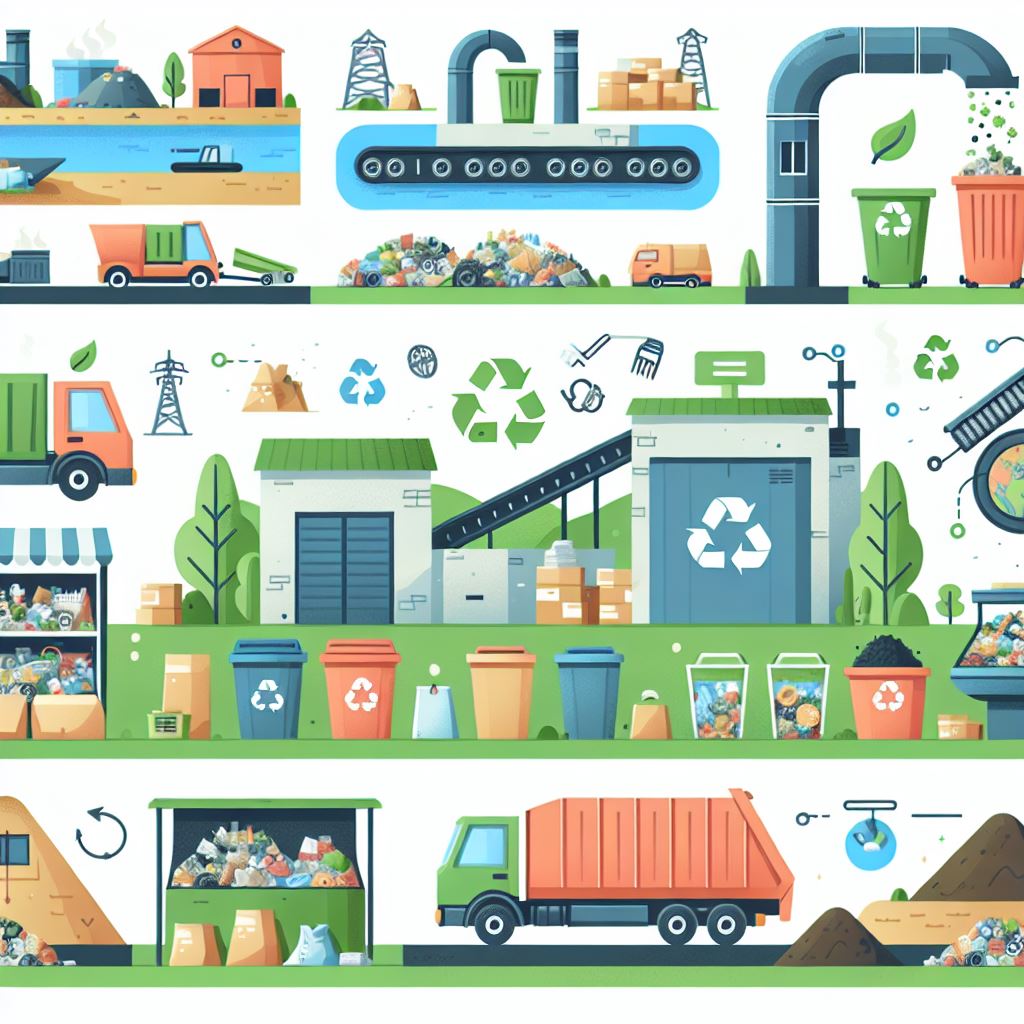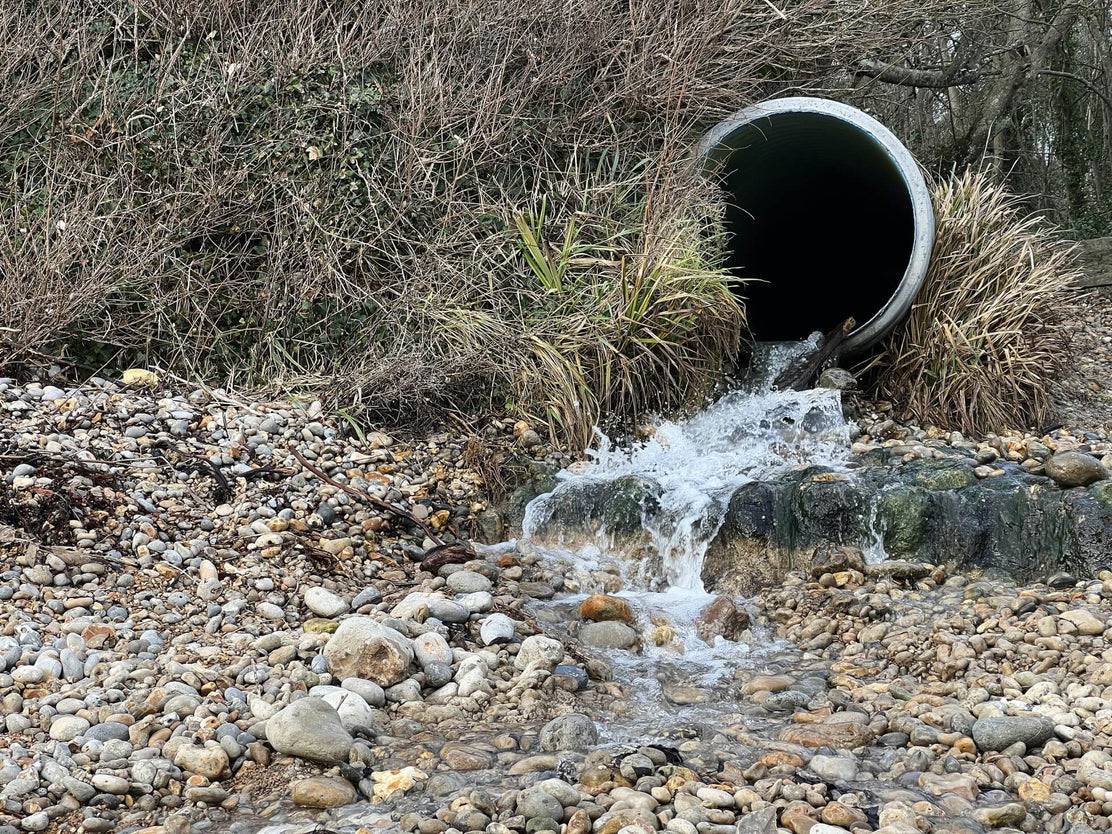3 Simple Techniques For Reclaim Waste
3 Simple Techniques For Reclaim Waste
Blog Article
Reclaim Waste for Beginners
Table of ContentsReclaim Waste - An OverviewA Biased View of Reclaim WasteSome Ideas on Reclaim Waste You Should KnowThe Facts About Reclaim Waste RevealedThe Definitive Guide to Reclaim WasteNot known Factual Statements About Reclaim Waste
With correct fluid waste monitoring, companies can minimize energy-intensive treatment procedures and disposal costs. They likewise reach conserve sources and allot them in other relevant procedures. There are countless regulations that safeguard public health and the environment. By following a system for managing fluid waste, business can avoid expensive penalties and fines and avoid adverse promotion.Keep in advance of regulations and keep a safe office with a digitized conformity device. Categorizing fluid waste is critical for reliable storage, therapy, and disposal. Environmental, Health, and Security (EHS) teams, waste administration officers, and conformity managers can manage these wastes safely and efficiently when they recognize the basics: Produced from families, this kind of liquid waste comes from commodes, sinks, showers, and cleaning machines.
(https://sketchfab.com/reclaimwaste1)Gather depictive examples from various factors within the waste stream to ensure precision. Liquid waste, specifically hazardous ones, presents considerable threats during this step.
The Basic Principles Of Reclaim Waste
Segregate the waste based upon its kind (e.g., dangerous or non-hazardous) to make sure proper handling. Store waste in safe and secure and watertight containers to avoid spills throughout collection. Tag the containers suitably, consisting of the kind of waste, prospective risks, and managing directions. Lots the safeguarded containers right into transportation automobiles with vacuum cleaner vehicles or portable containers.
is needed when the effluent will be reused or discharged into municipal swimming pools. Disinfection (e.g., chlorination, ultraviolet light, ozonation) and nutrient elimination (e.g., denitrification and phosphorus removal) are advised under strict regulations. This stage while doing so is strictly controlled because it is when most dangers occur. Numerous business violated a number of fluid waste disposal guidelines in the last few years.
After picking the very best kind of therapy approach for fluid waste, business ought to locate ways to take care of this correctly. Right here are some efficient approaches of fluid waste management: obtain most dealt with liquid waste that fulfills discharge standards. describes utilizing treated wastewater in farming lands for watering as long as the effluent fulfills hygienic degrees per regulations.
All about Reclaim Waste
are used by sectors that create large quantities of low-toxicity liquid waste. Shallow containers include liquid waste that is enabled to vaporize with natural processes. The deposit left can be disposed of in land fills. entails shedding liquid waste at high temperature levels and transforming it into gas and ash - industrial wastewater treatment. This kind of disposal goes through strict More hints ecological guidelines because of potentially unsafe discharges.
The searchings for should be documented, assessed, and stored not just for entry to governing authorities but also for making renovations in the future. Share information with appropriate stakeholders (e.g., workers, governing government agencies, and close-by areas) to maintain openness and liability.
A Biased View of Reclaim Waste
No matter of the business size or sector, there are countless difficulties connected with this job. Business that can't spend in facilities should take into consideration working together with the public market for far better options (industrial wastewater treatment).
Fluid waste refers to any kind of material in a fluid state that is surplus, undesirable, or disposed of. One significant obstacle for business is the absence of suitable storage space facilities for fluid waste. Partnering with liquid waste solutions will considerably reduce this obstacle Requirement skip bins and various other containers that are commonly utilized for solid waste are usually not enough for the special demands of managing liquid products.
The Only Guide to Reclaim Waste
This blog looks into the features of liquid waste, talking about just how spills and contamination incidents can be managed efficiently. It additionally discovers the measures business can take to stop future leakages and what to do when spills inevitably happen. Liquid waste is composed of any unwanted or surplus product that exists in a fluid kind and is established for disposal.
This type of waste arises when an item is no much longer required, a lot like any kind of other kind of garbage. It is important to engage experienced liquid waste management specialists when delivering or disposing of liquid waste.

Not known Details About Reclaim Waste
"material should pass with a 0.45-micron filter at a stress differential of 75 psi" in order to be specified as a liquid. Both have their differences.
Both organizations and people can significantly benefit from comprehending appropriate garbage disposal procedures through 9 finest practices in waste monitoring. These techniques are lined up with the well-known waste hierarchy.

Report this page